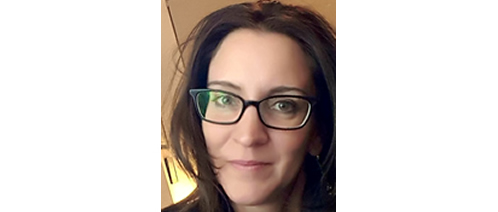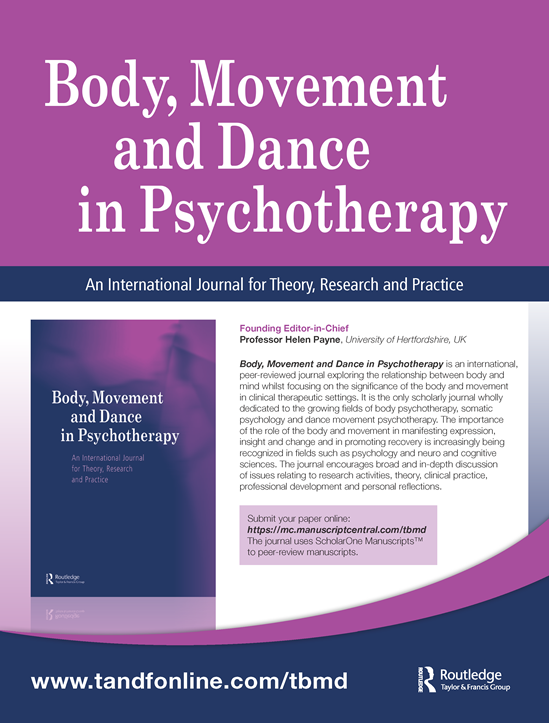The Role of Interoception & Physio Markers in Shame Resolution
Have you ever noticed feeling unsettled when a perfectly safe person, be it a colleague, a recent acquaintance, perhaps even your mailman stands close to you? There’s nothing specific to connect the feelings with, just a sense of discomfort, tension, awkwardness. Maybe you feel queasy or shaky, maybe a strong urge to run away over takes you but there’s no logical reason why. Rest assured, you’re not alone.
Many of my clients have moments like this. One woman I recently say, who I’ll call Jill, had an exacting experience. She’d opted for a second career in her early forties, which meant going back to school. She’d always enjoyed learning and felt enlivened being back in a formal academic environment. Because of her positive attitude and strong organizational skills acquired in her previous career, she thoroughly enjoyed her role as teacher’s assistant and developed satisfying relationships with her teachers and other faculty members.
However, she noticed feeling uneasy being near one particular female faculty member despite her deep respect for this woman’s work and teaching style. She couldn’t pinpoint why, but she always came away with the impression that this woman was quite tall. As time went on, Jill was asked to assist this woman more directly on a project. Although Jill had no problem relating to her via email, phone or Skype, when they were in the same room she felt nervous, queasy.
At the end of the several-week-long project, the woman extended a hug to Jill. Jill felt a strong physical aversion to the gesture but thought it lacked justification; furthermore, she didn’t want to make this woman feel awkward. As Jill hugged the woman, she felt enormous shame come over her. Soon after Jill sat inside her car and felt shaky. What just happened, she thought. This woman hadn’t done anything wrong. I didn’t do anything wrong? Jill tried to reason her feelings away. First she thought about the project outcome but everyone was pleased with how things had turned out. Then she tried to search her memory for any connection but the woman didn’t remind Jill of anyone she knew—not her mother or sister, not a teacher from her childhood or a current neighbor down the street.
Jill showed up at my office with this baffling experience a few weeks later. She felt even more shame as she tried to re-count it to me. The first thing I did was tell Jill the truth: shame happens. It ekes its way up from the depths of associative memory, sometimes without breaking the surface into the explicit realm or complete consciousness. So Jill’s shame had risen from the depths of associated memory; it’d been rattling around for many months just under the surface until the physical contact of the hug brought it to consciousness. This much we both knew, but what was the association here? And how could she transform it given that the woman was so pleased with the project that she wanted to hire Jill as her full-time teaching assistant?
I asked Jill if she would be okay connecting to the physical sensations of the hug again. This required her to feel the shame, but she had the distance of it taking place in the past and the resource of the present moment with me on hand to coach her. She agreed. While she sensing the hug again, I asked Jill to locate any other bodily sensations, perceptions or noticings. Jill didn’t think it was important but she did mention a heightened sense of the other woman’s stature. Upon seeing Jill’s feet splay inward and her eyes point down, I asked Jill how old she felt at that moment. Then it clicked. Jill realized the height of this faculty member reminded her of a shaming incident when she was a young child in a public playground that involved a stranger whose physique resembled the faculty member.
Taking time to provide clients with some physio-education about interoception and physio-markers at the onset of any somatic work is well worth it. When I say interoception, I’m referencing Stephen Porges’ use of the word—an individual’s ability to track one’s somatic or neurobiological experience from the inside. When I use the term physio-markers, I’m referring to those physical experiences or bodily sensations that mark or signal an ongoing or familiar experience in someone that might be mental, emotional, spiritual, bodily or a combination. The ability to notice the physio-markers as they emerge and then track them from the inside from where and to what experiences they lead in thought, associate memory, early wounding, bodily response, behavioral re-enactments or reactions are extremely powerful skill sets for transforming any habituated or unwanted patterning, shame being no exception.
With some coaching the physio-marker of the height differential and the ability to track that marker back to the experience of unsafety that lead to humiliation is what allowed us to understand Jill’s shame reaction and be able to neutralize it so that the faculty member could go on to become an important mentor for Jill.
When unexpected reactions like Jill experienced surface, this kind of awareness can help create the breadcrumb trail that leads to the path of integration. And, where shame resolution is concerned, they serve as invaluable tools that allow our client’s to feel more agency inside their own daunting experiences until they come through to the other side where they can embrace relaxed presence and authentic self- expression once again.
Caryn Scotto d’ Luzia is an innovative somatic facilitator, educator and trainer. She is developer of AST Model of Holistic Shame Resolution®, a neurobiologically–principled, attachment based approach that specializes in chronic shame relief, building shame and inner critic resilience, healing shame-based early trauma, facilitating shame-based attachment re-patterning, and supporting life-affirming authentic self-expression and empowerment.
She is the author of the following ebooks and articles: Alchemy of Shame Transformation for Therapists and Healing Professionals (AST); The 5 Step Journey to Healing Social Phobia; The Yin/Yang of Abandonment Recovery; and Wound & Essence: A Call and Response Approach to Transformation. She is leading a shame-free living movement and training therapists, healers, and community leaders how to facilitate shame resolution and cultivate acceptance, connection, belonging, worth and well-being.
Caryn works face-to-face with people around the world on Skype, and in-person in the California’s Bay Area and New York City where she sees adult clients. She offers phone case consults to therapists, healers, and coaches as well as teaches neurobiological principles through webinars online. On a wider scale, she collaborates with UN affiliated NGOs and Governments to heal collective trauma and post conflict PTSD. She is a Somatic Experiencing Practitioner and SETI adjunct faculty member, a member of the UN NGO Committee on Mental Health, USABP presenter, and speaker at the United Nations on the issue of resolving shame in women and girls around the world.



